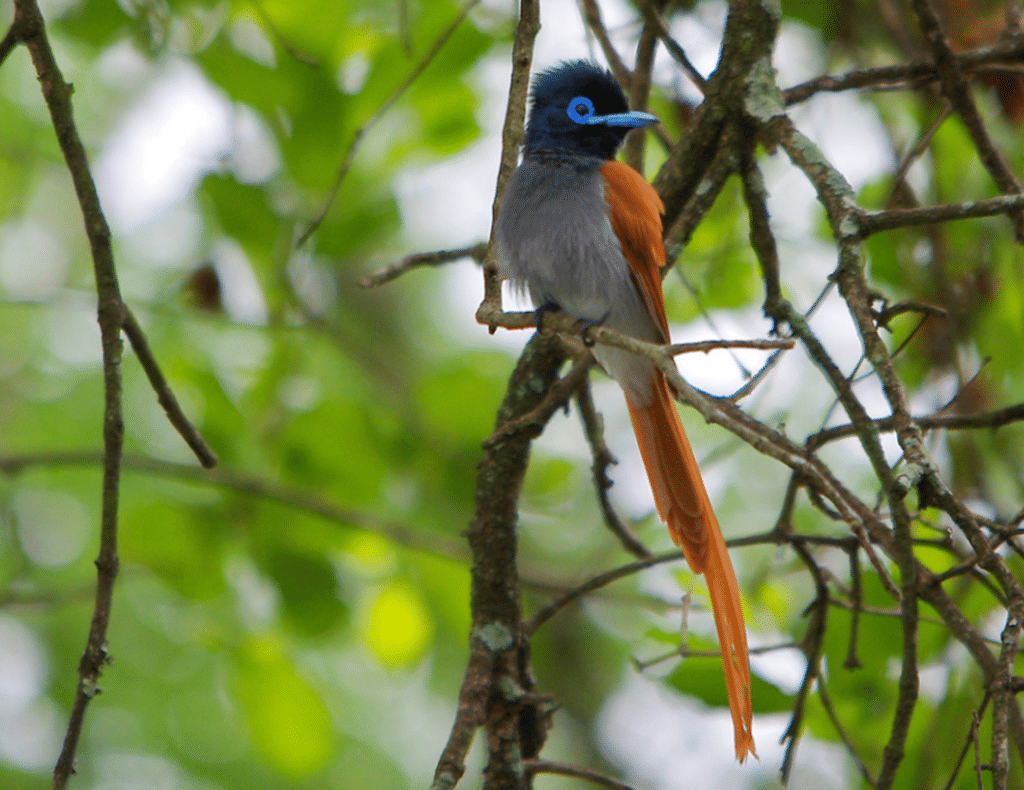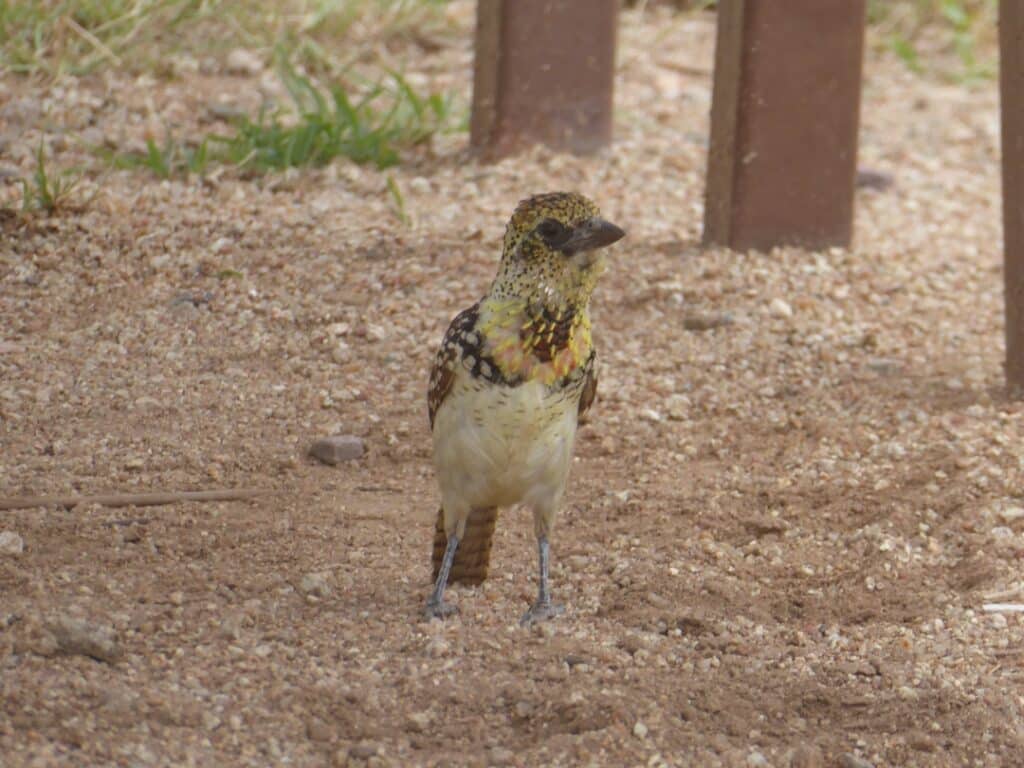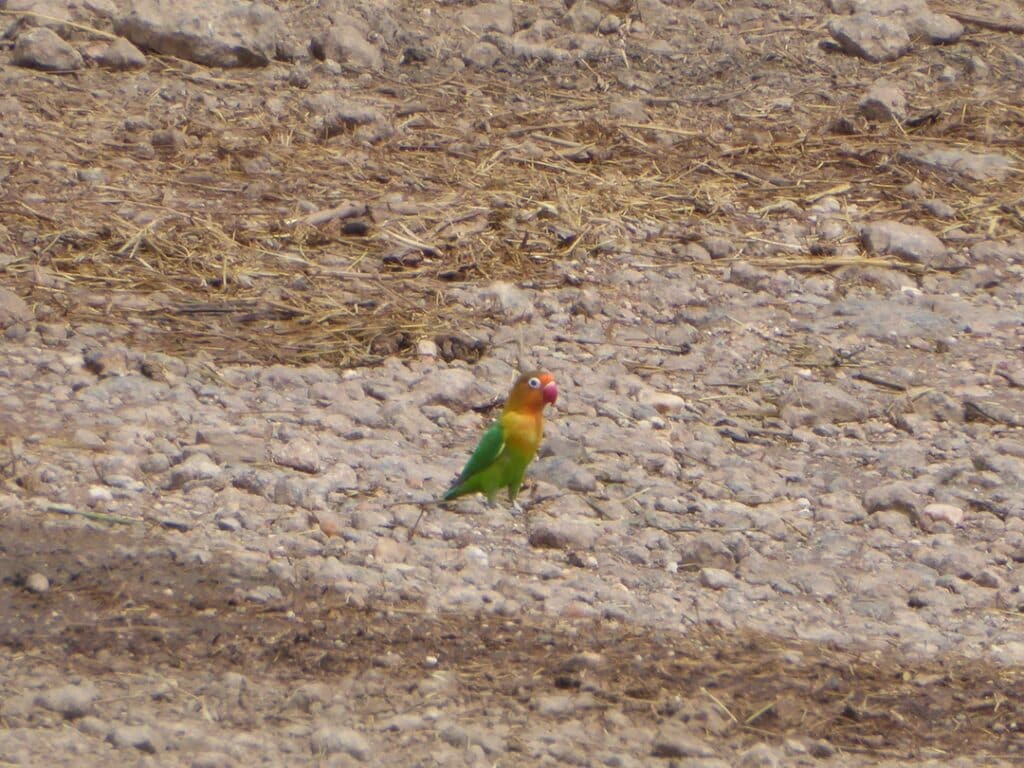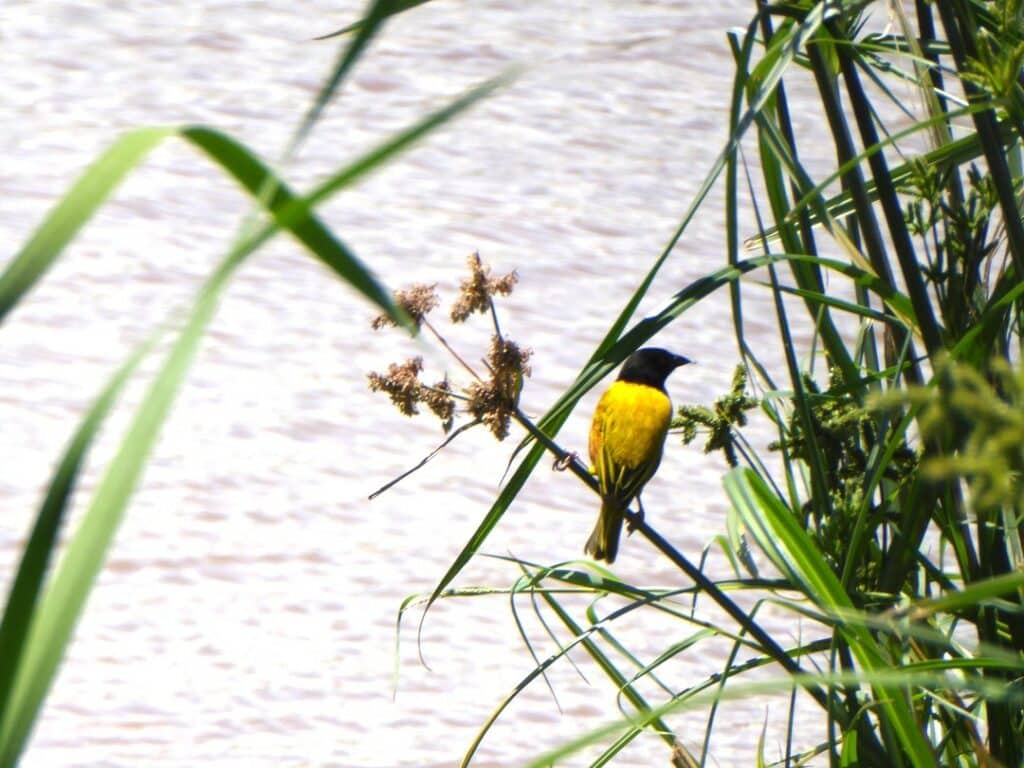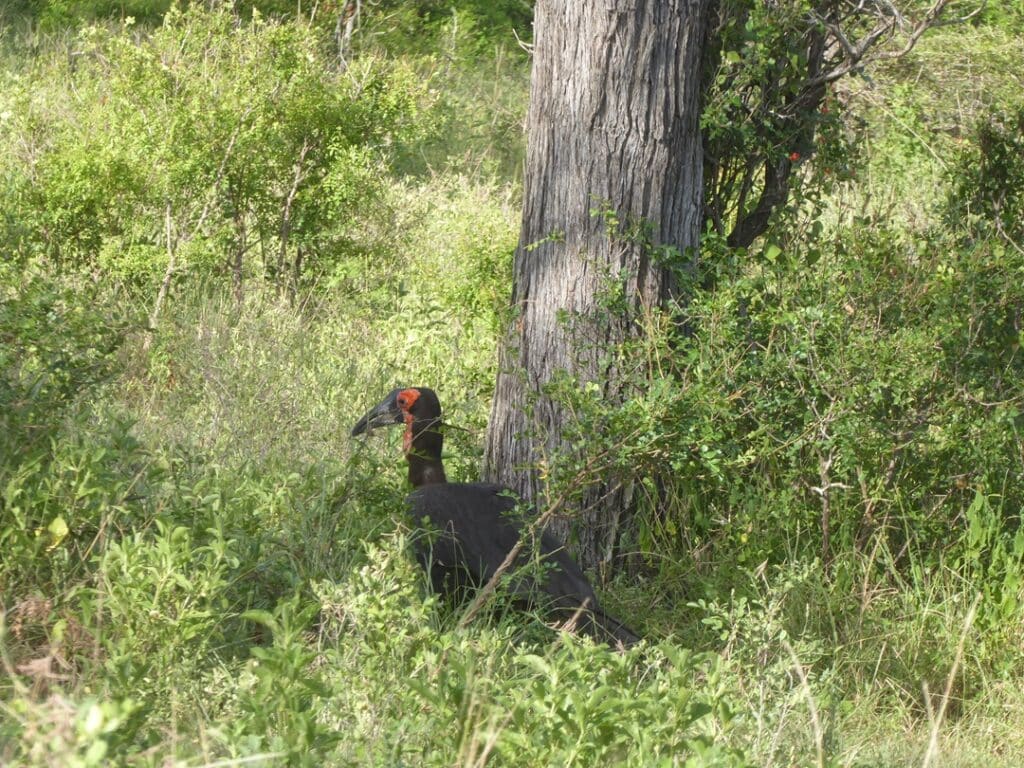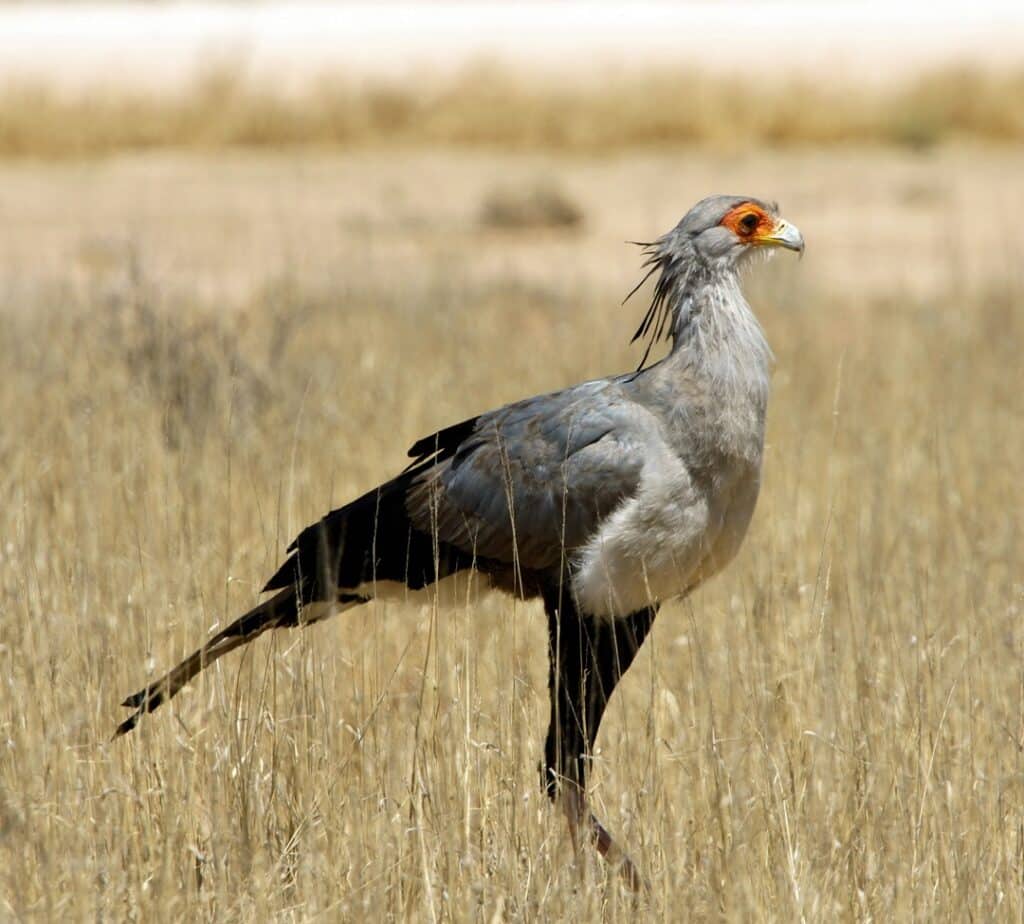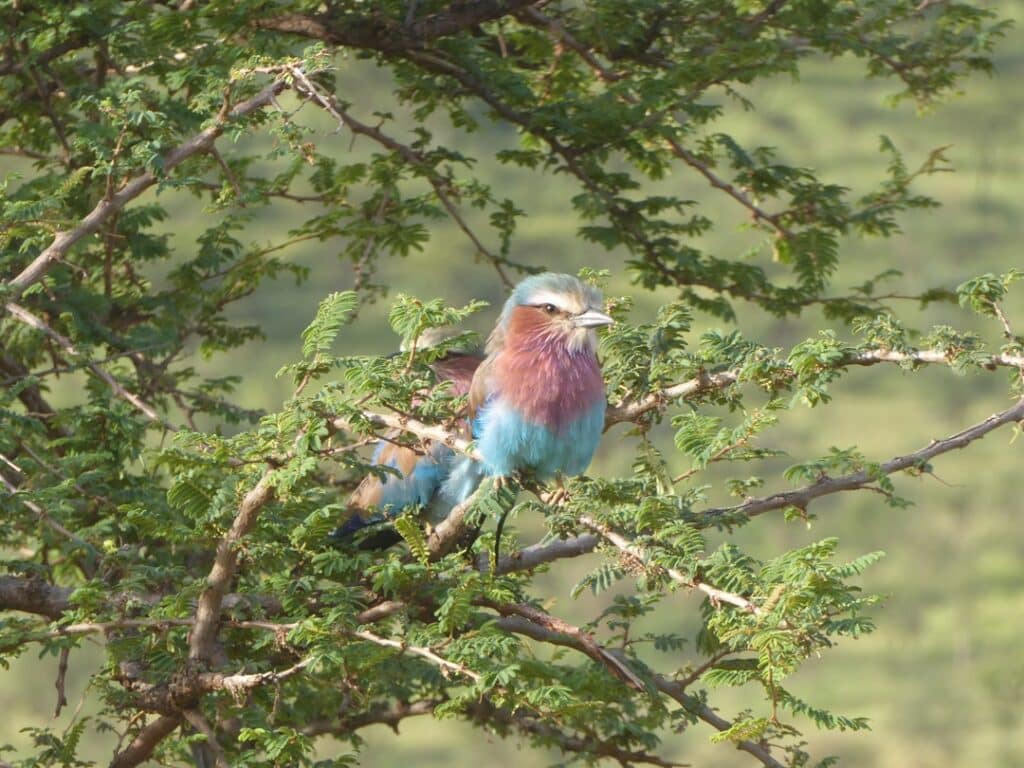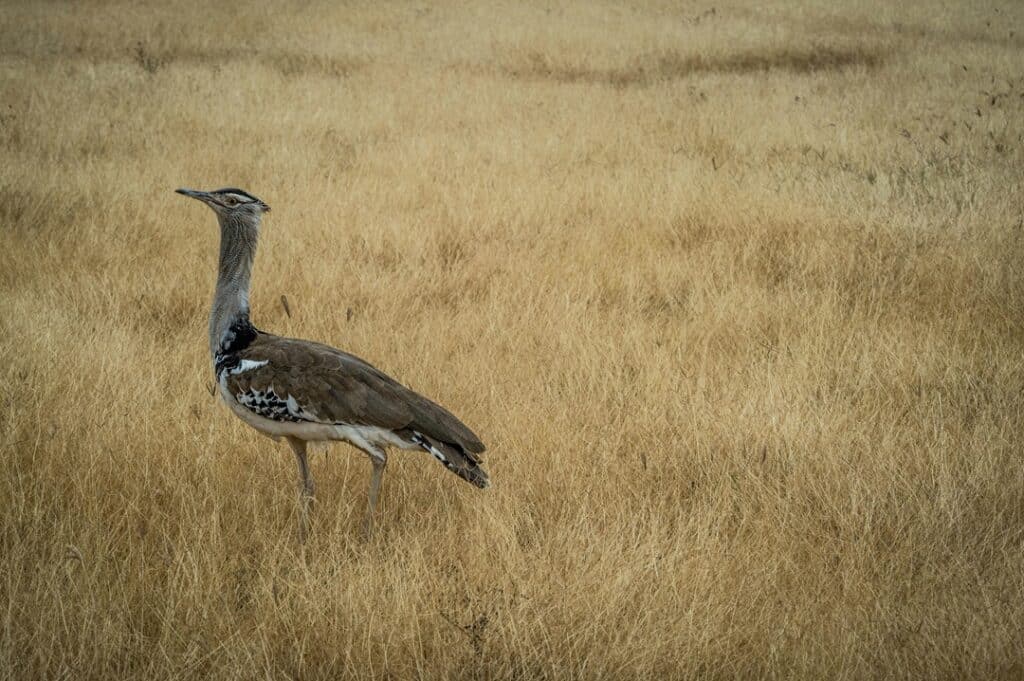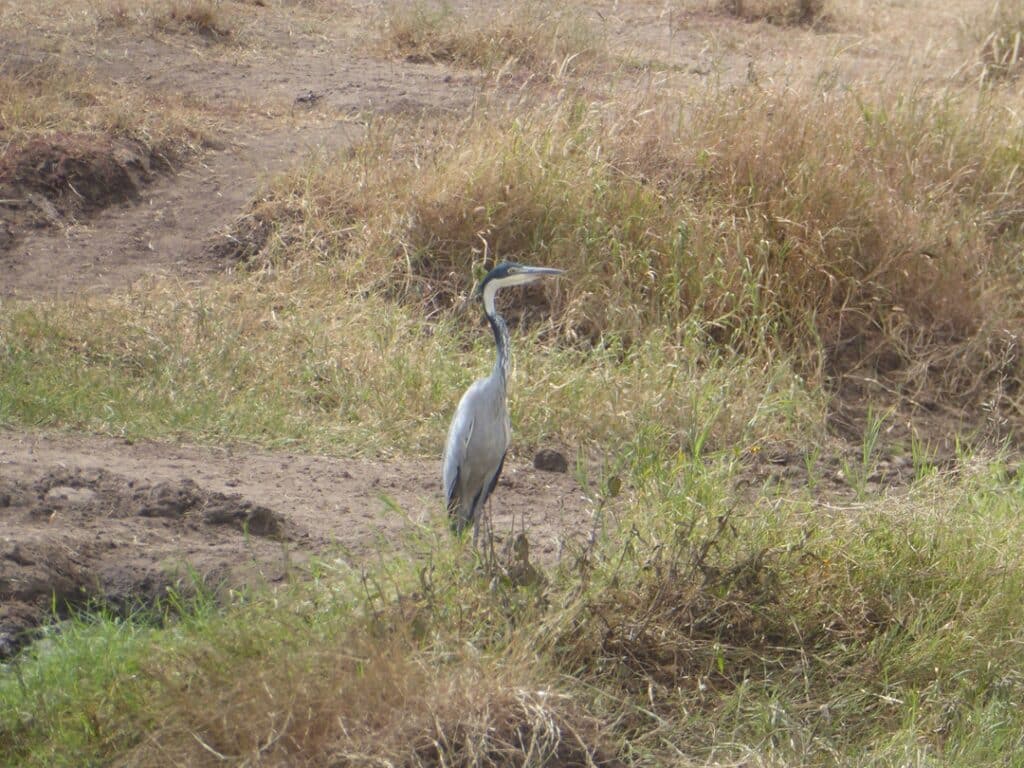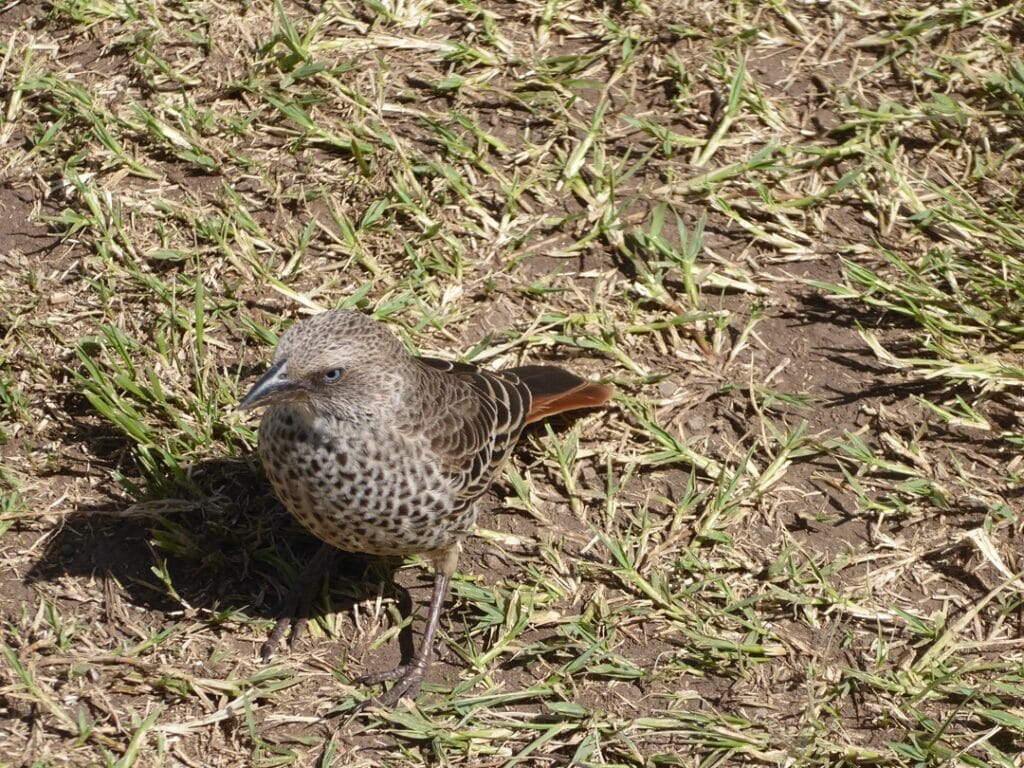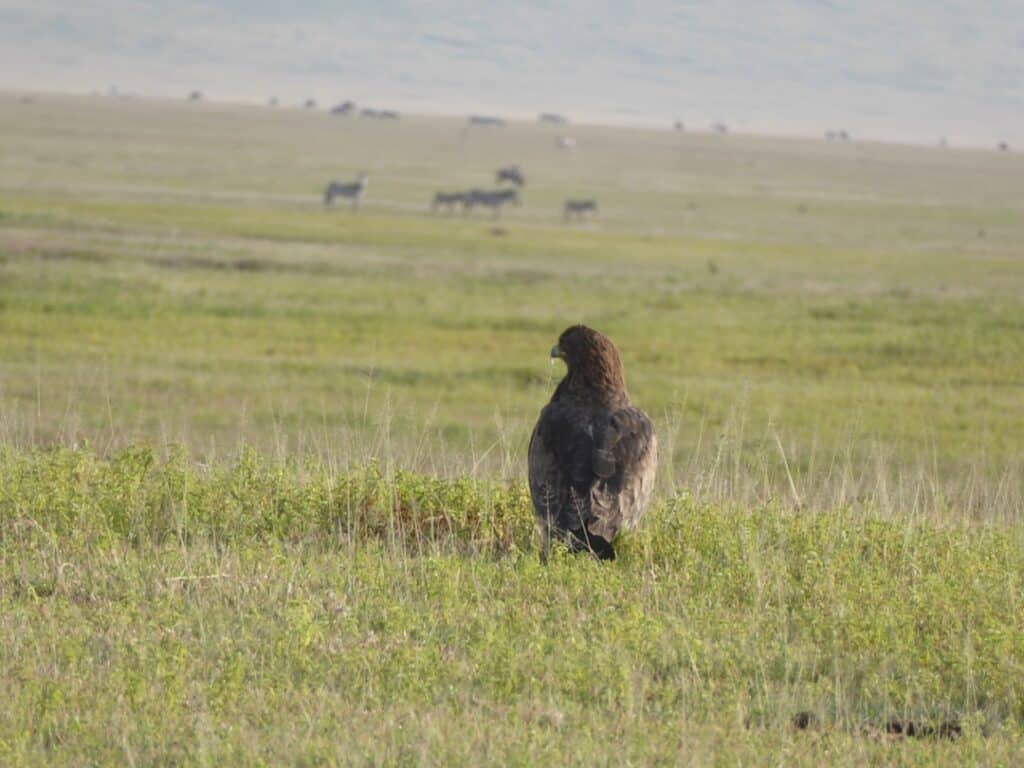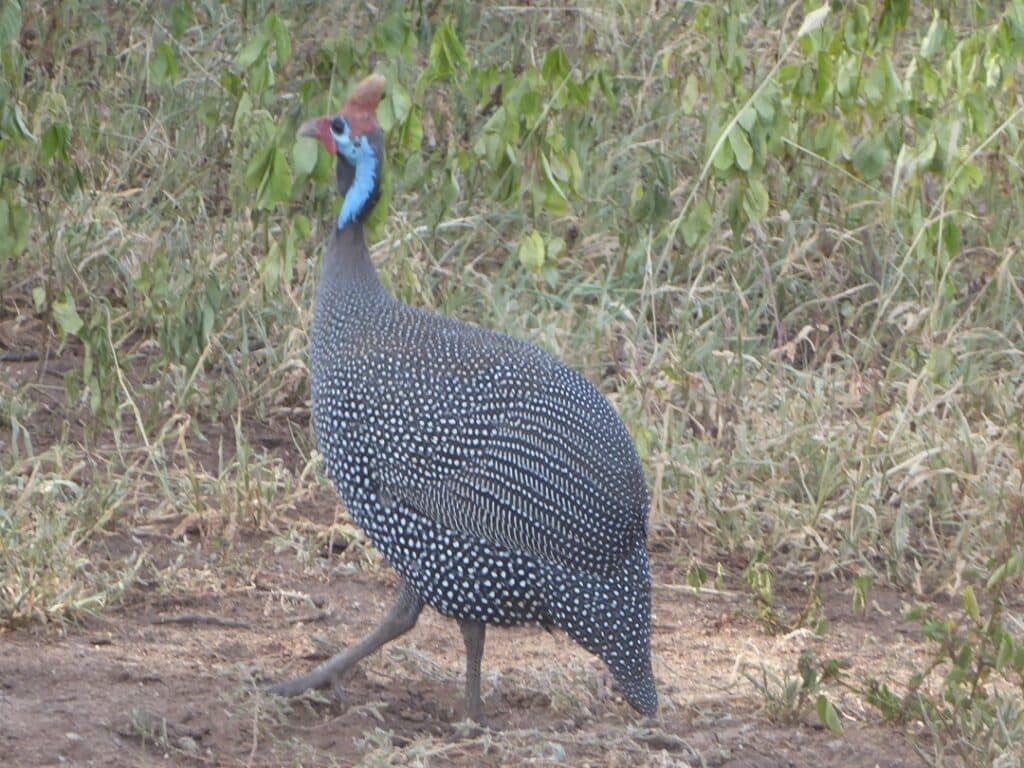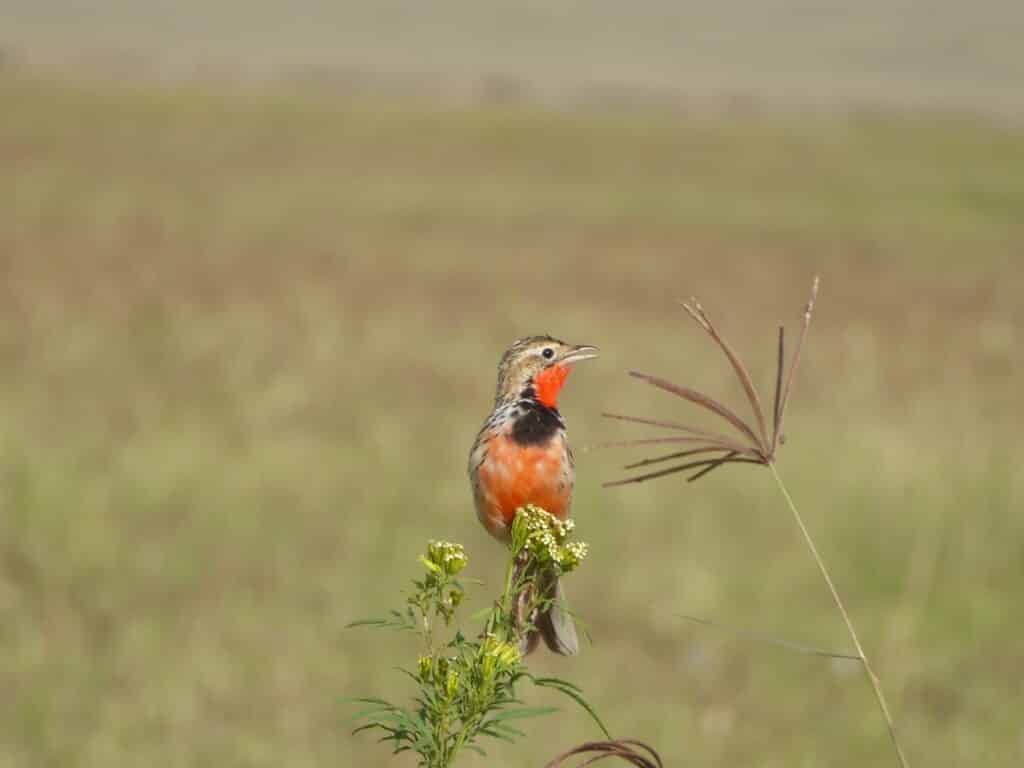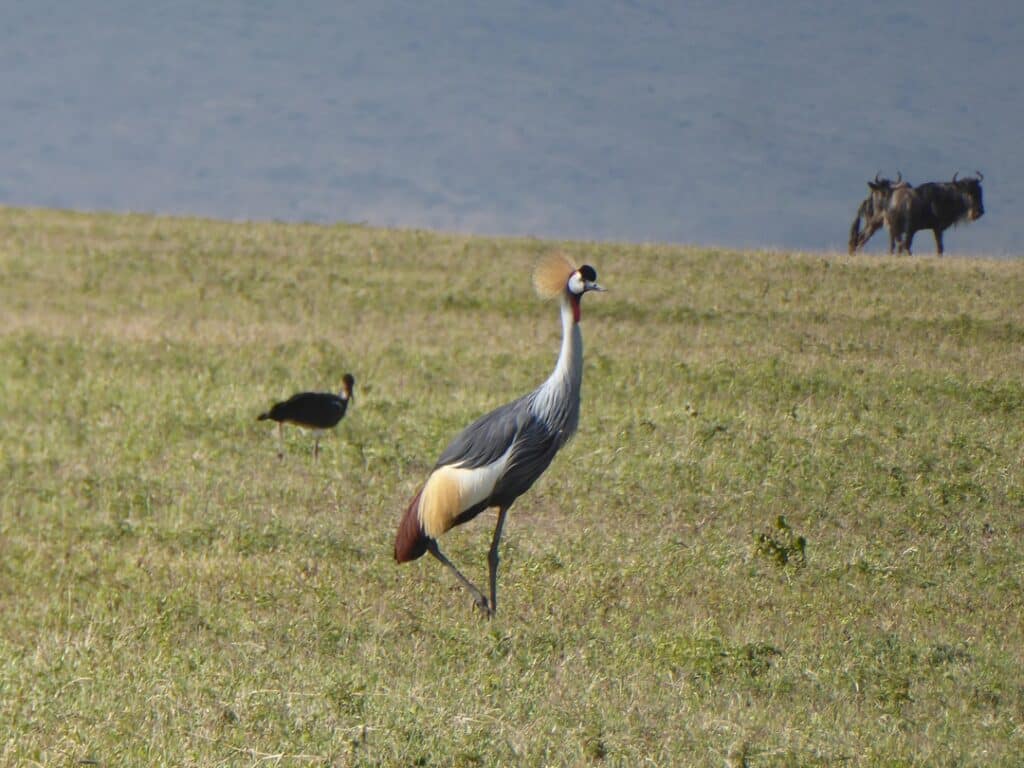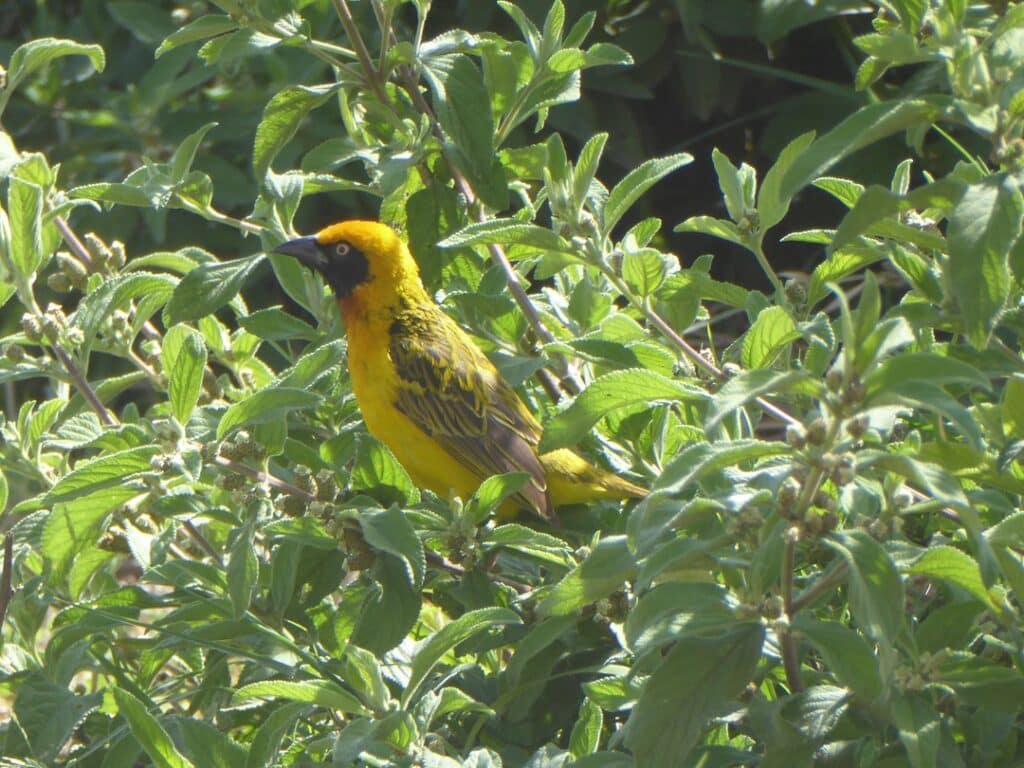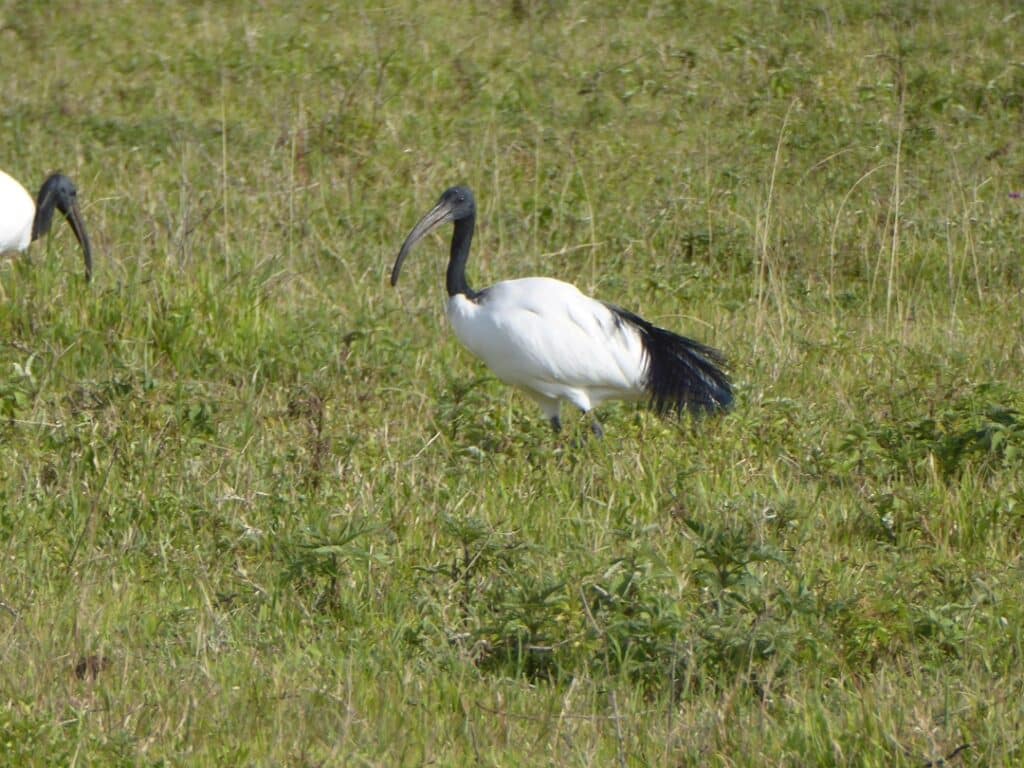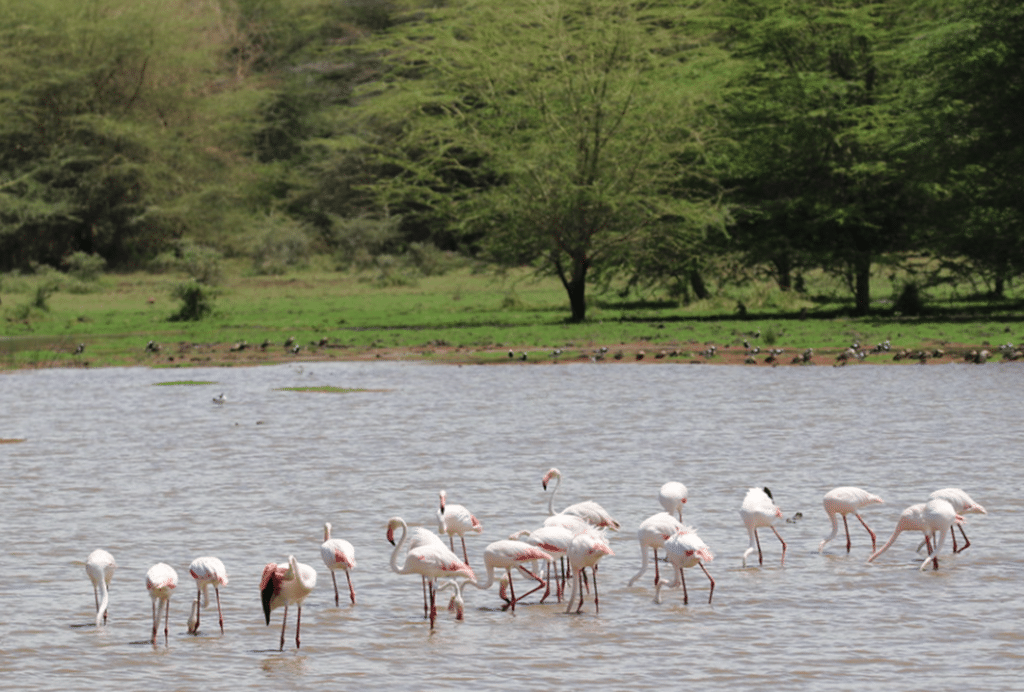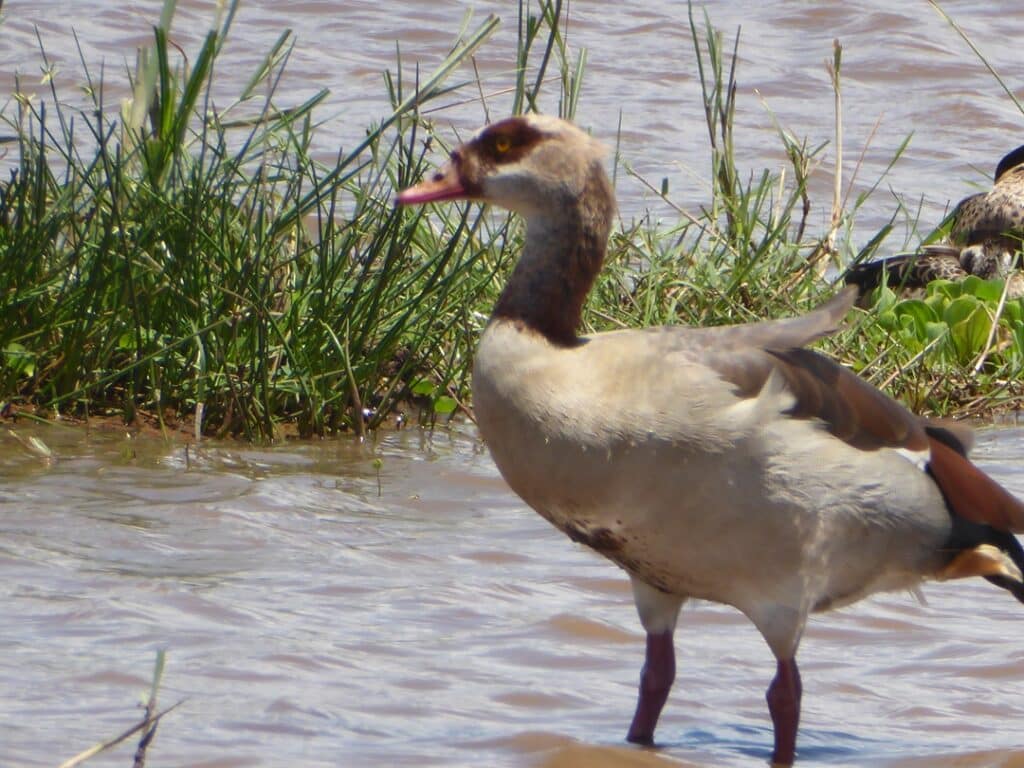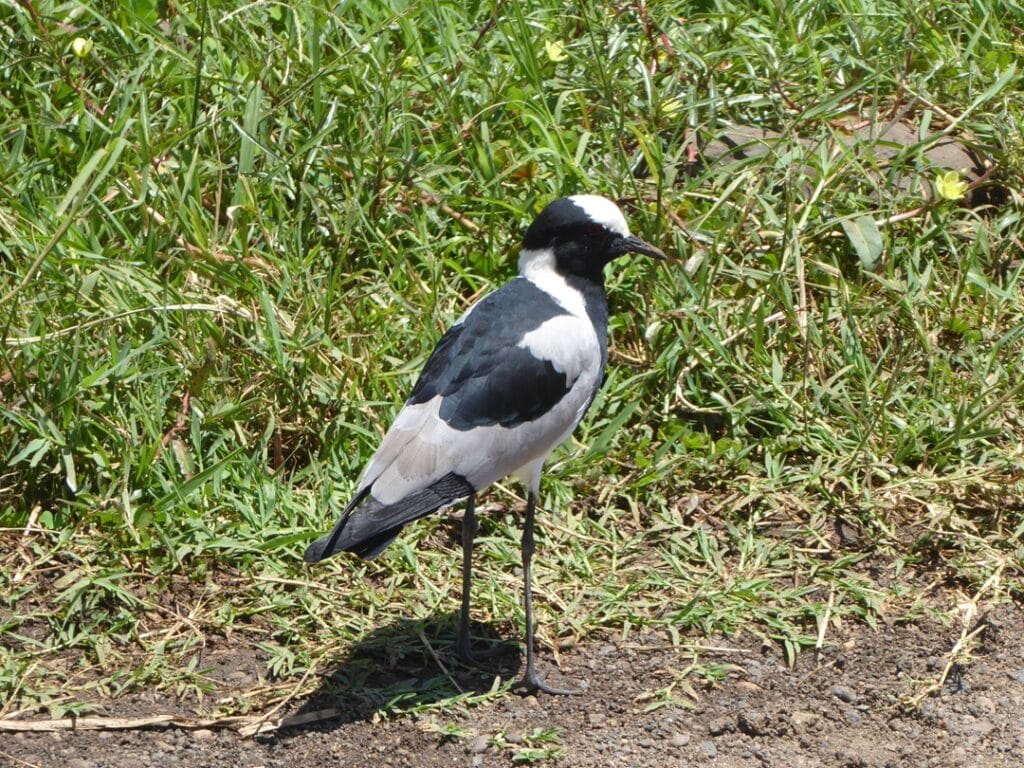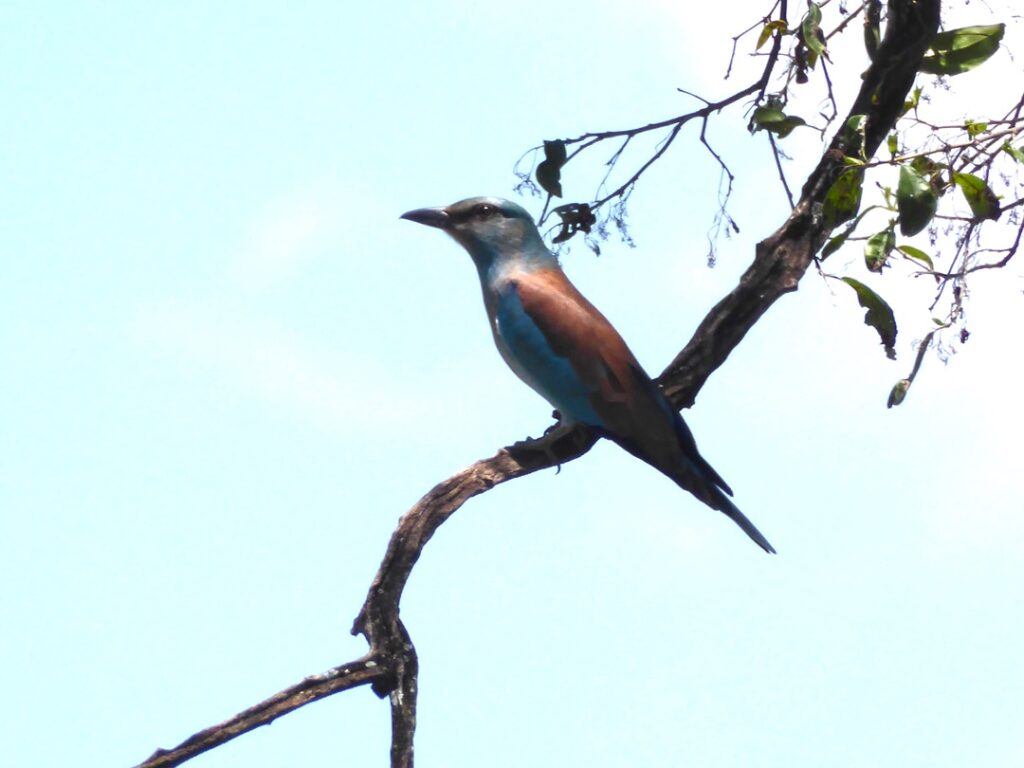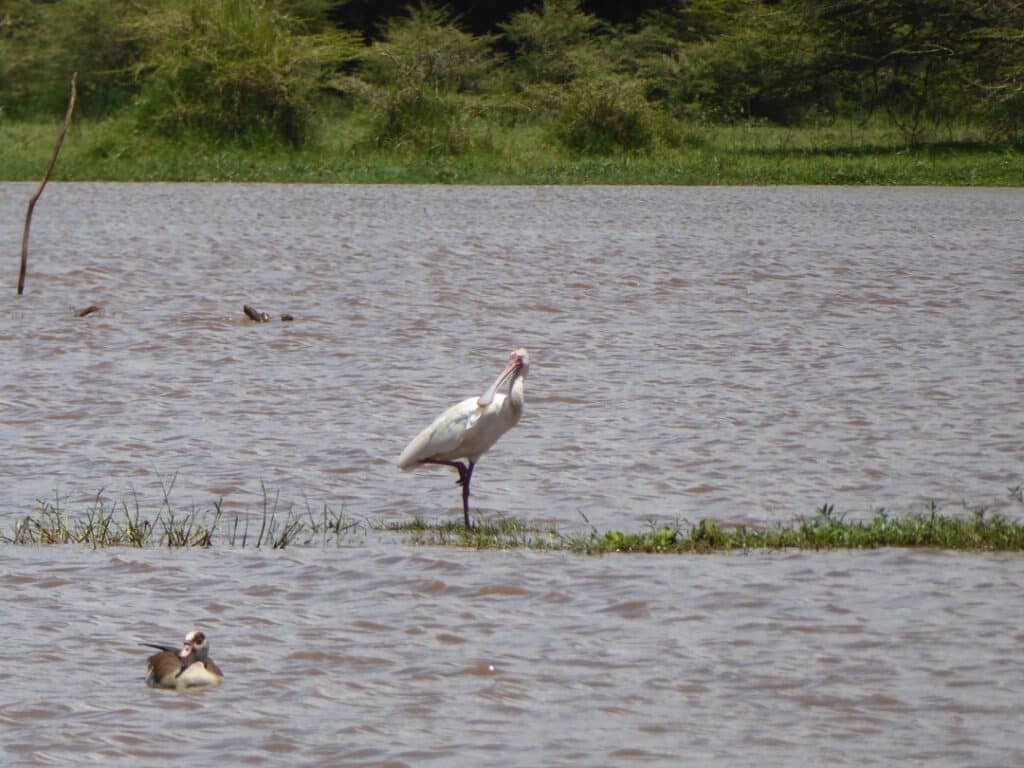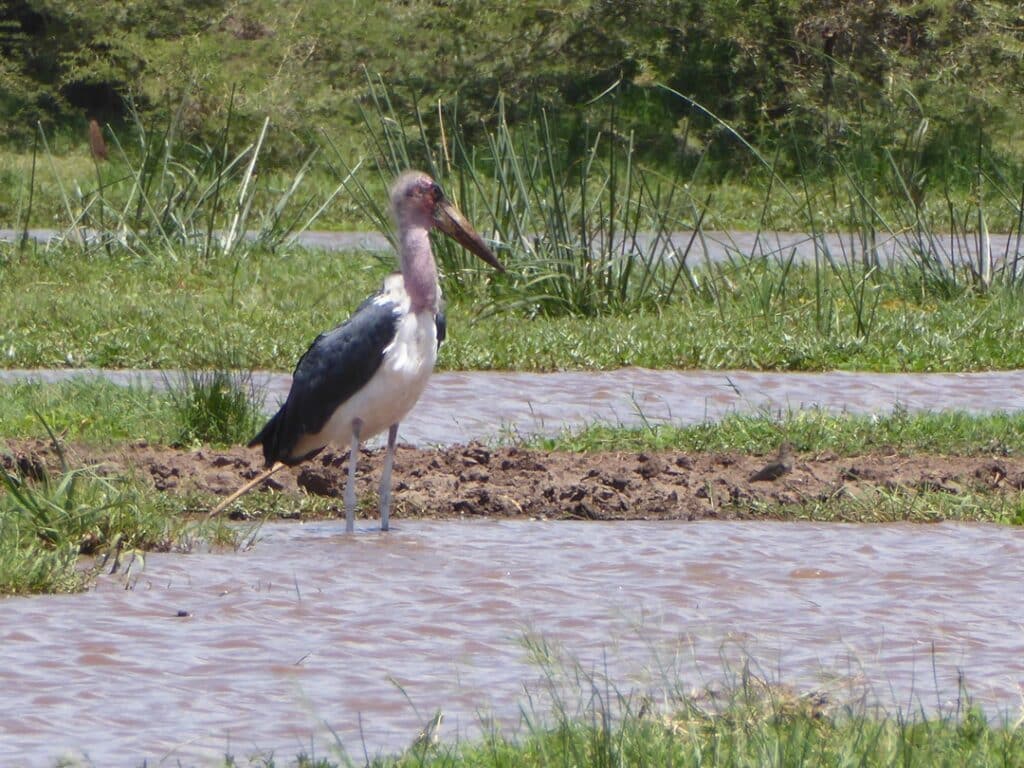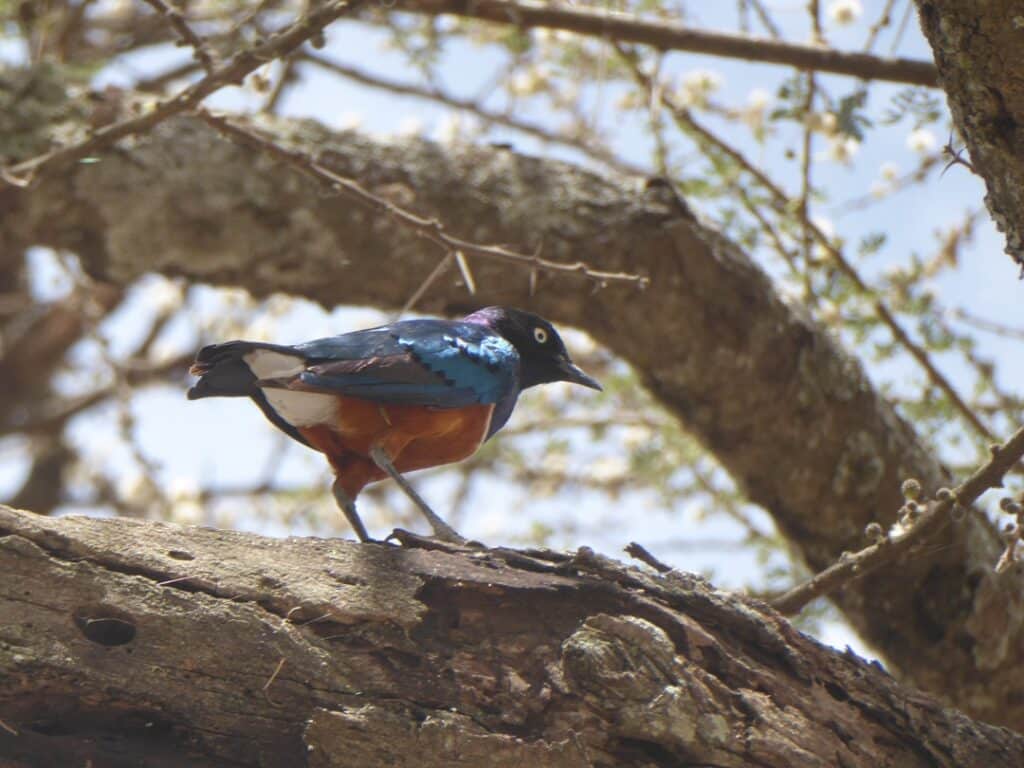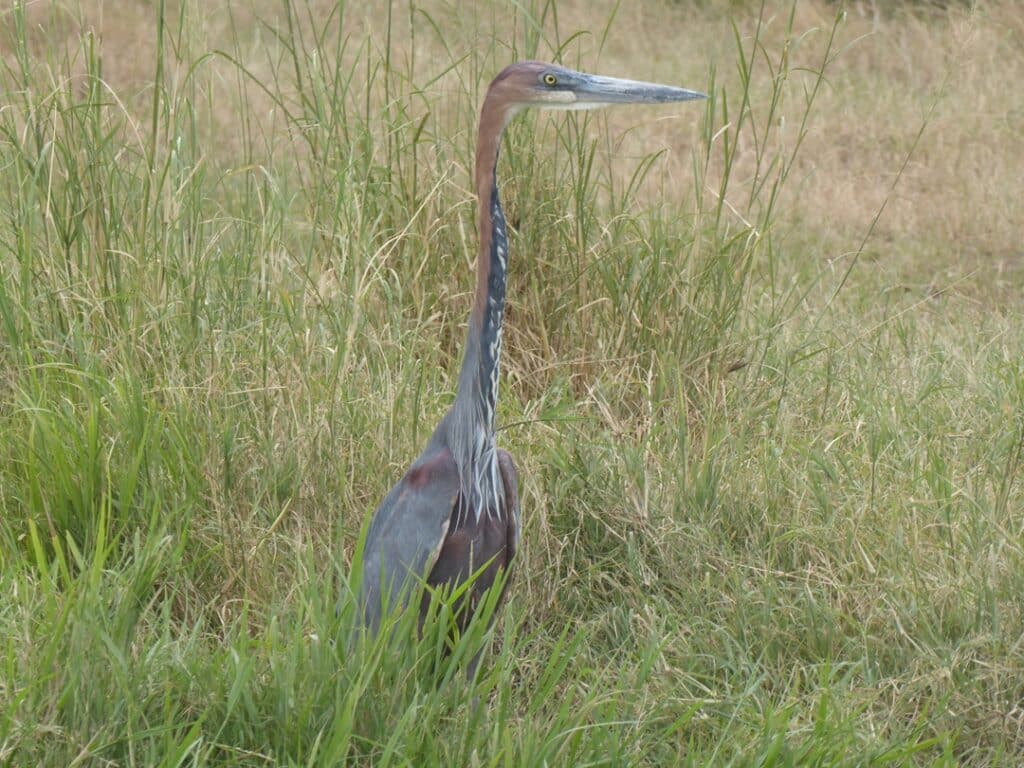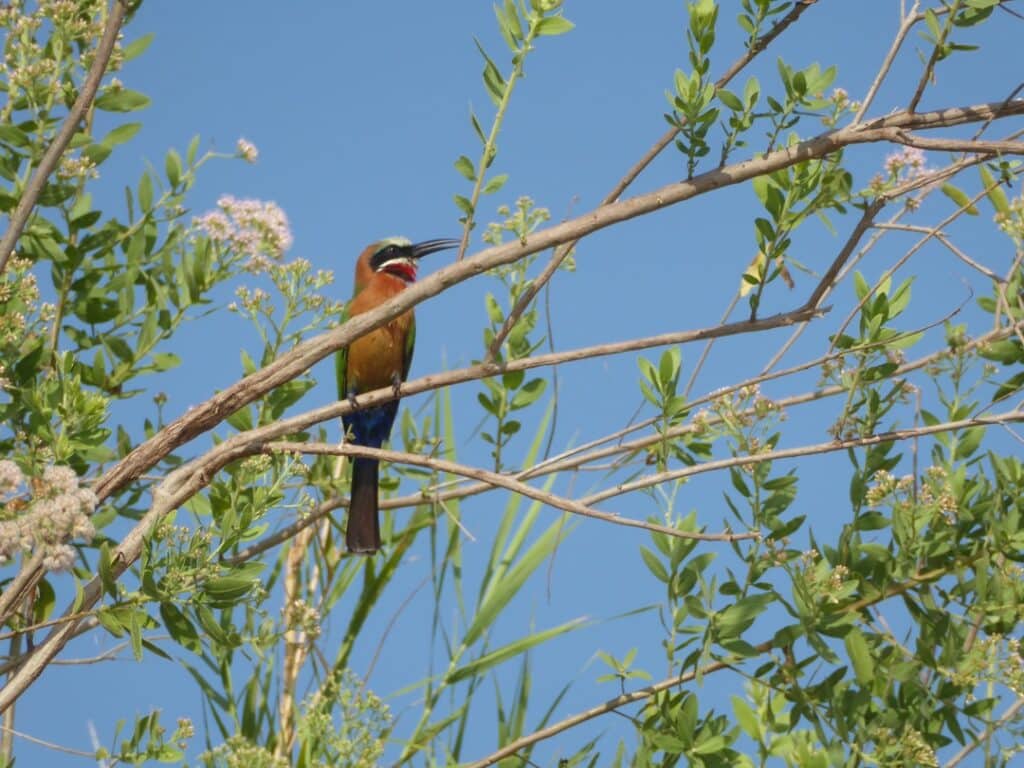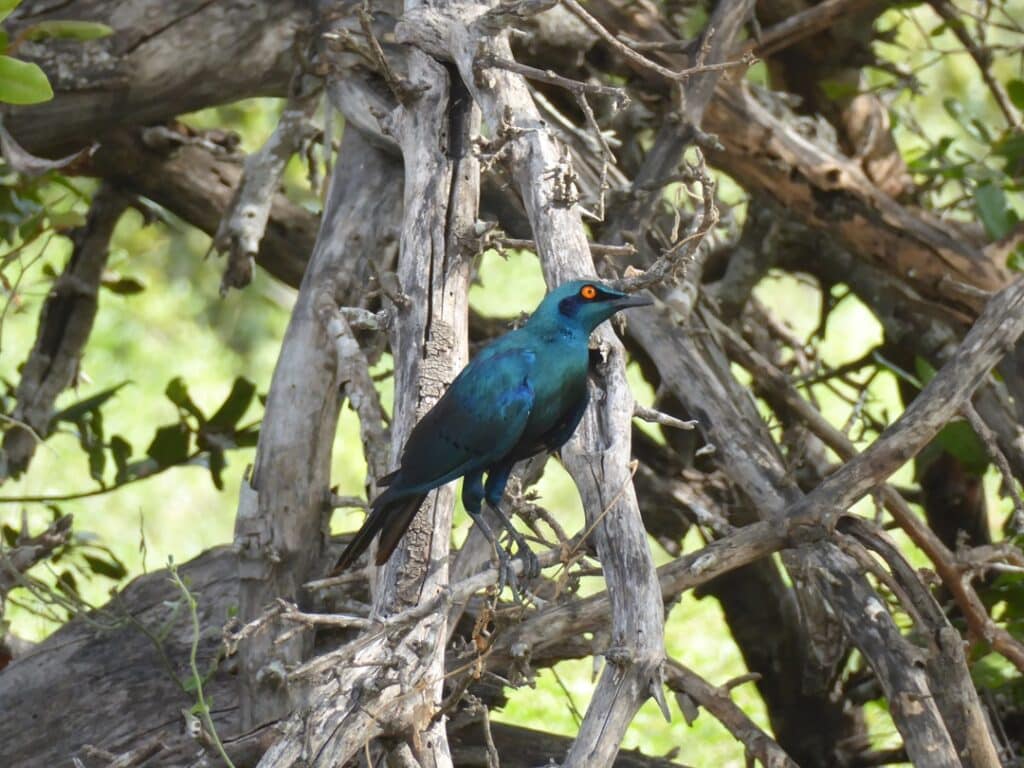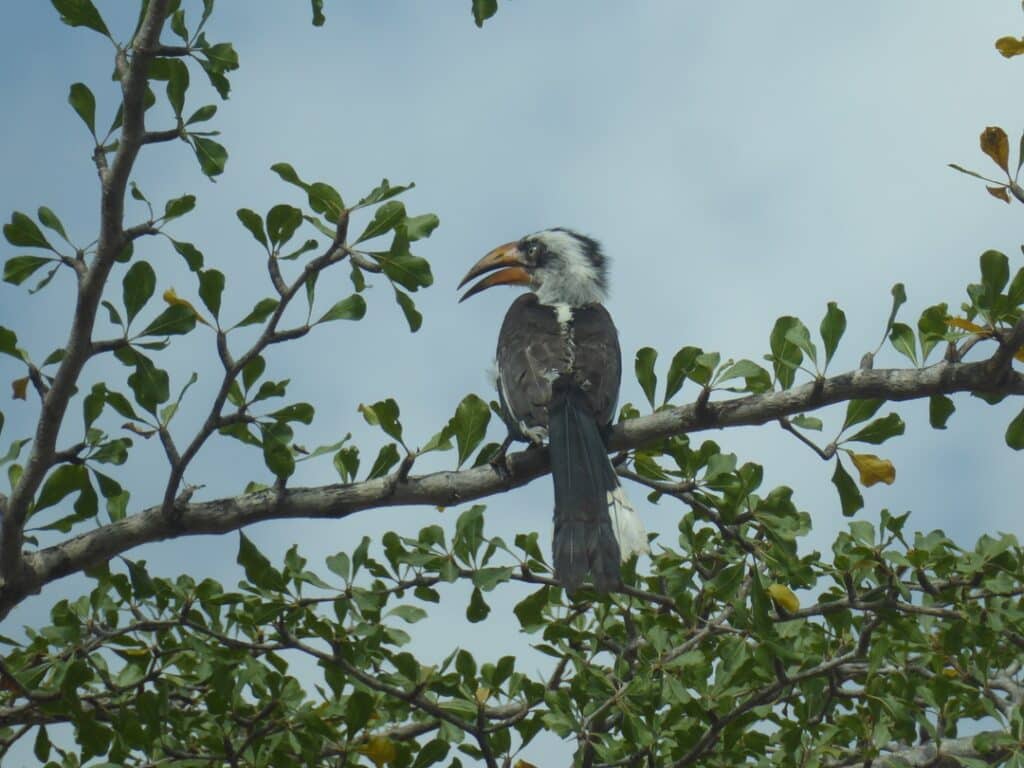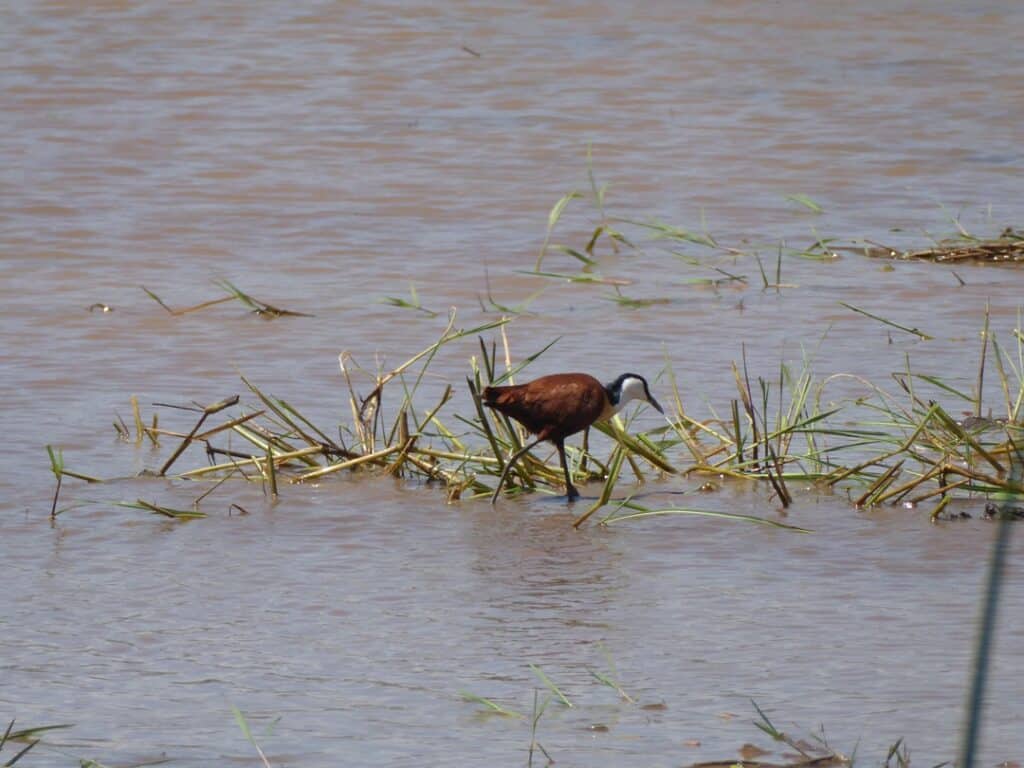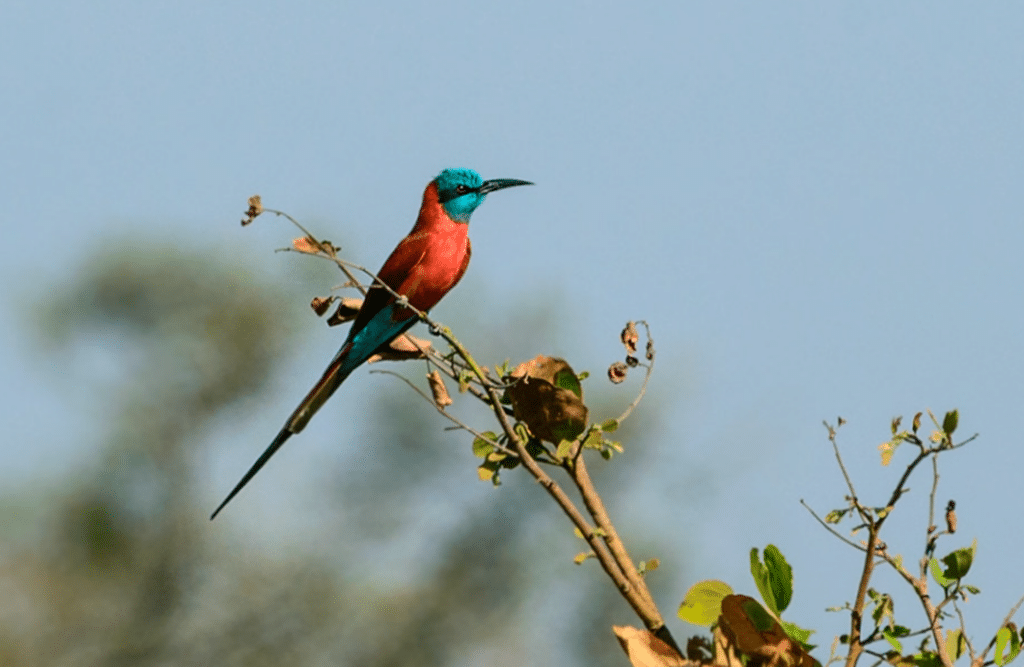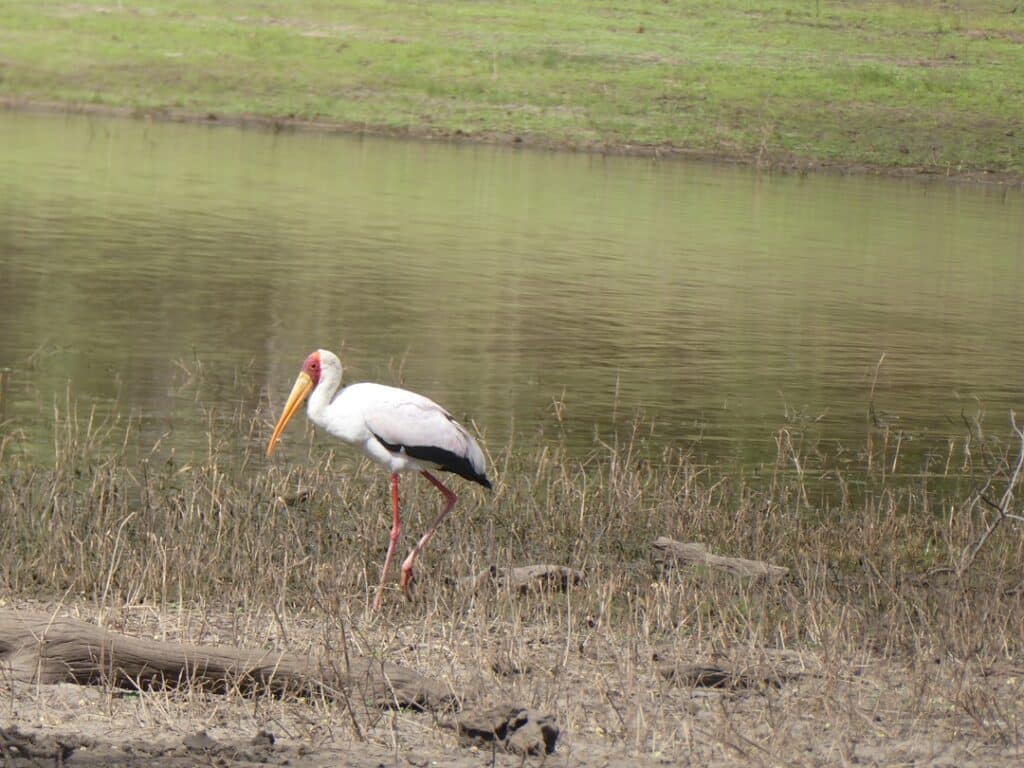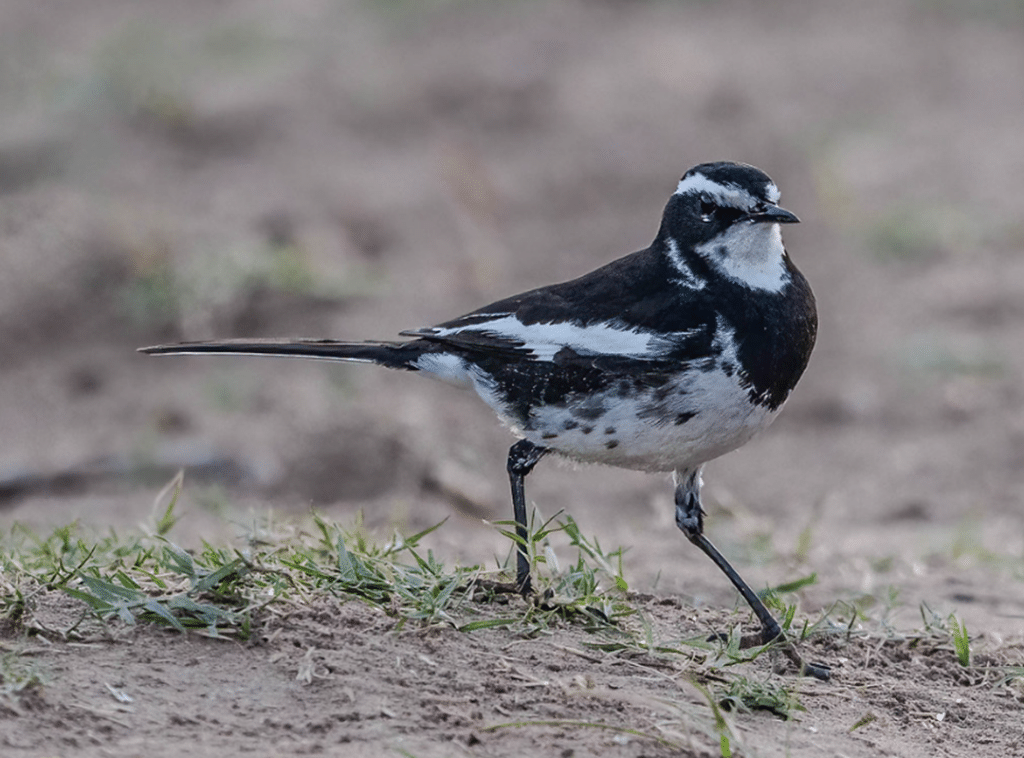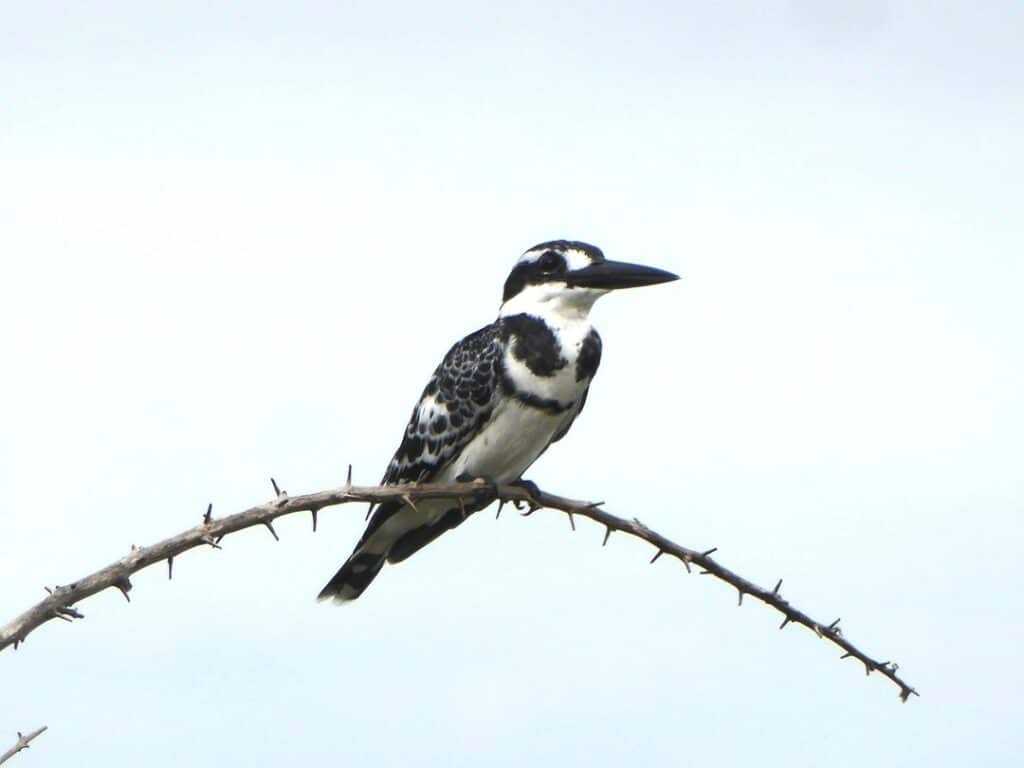Birding in Tanzania: A Safari Guide for Birdwatchers
Wondering where to see birds in Tanzania? Tanzania offers some of the best places for birding in Tanzania, making it a prime destination for birdwatchers of all levels.
Whether you are a beginner birdwatcher with a budding interest or an expert with years of birding under your belt, Tanzania’s birding destinations provide a spectacular backdrop for both birds and the Big Five.
In this guide, we’ll explore a few of the top birding destinations in Tanzania including the Serengeti, Ngorongoro Conservation Area, Lake Manyara, and the Selous Game Reserve, each offering a unique bird watching experience amidst Africa’s breathtaking landscapes.
I have been birdwatching for 15+ years and I saw these birds during my trip to Tanzania.
Disclaimer: This post may include affiliate links. If you click one of them, I may receive a small commission at no extra cost to you.
What to Expect When Birding on Safari in Tanzania
There are over 1100 species of birds that can be found in Tanzania. I’m pretty sure you won’t be able to remember all of them! You can find a full list here, of all the birds you could see in Tanzania.
You can get a free safari bird list that I have put together of some of the species you might see while on safari in Tanzania.
During my visit to Tanzania, I was able to see 120 species of birds, which for me was wonderful as my trip was not only to see wildlife but birds as well. Below I will provide a brief description of each area as well as provide some of the species I saw while on safari.
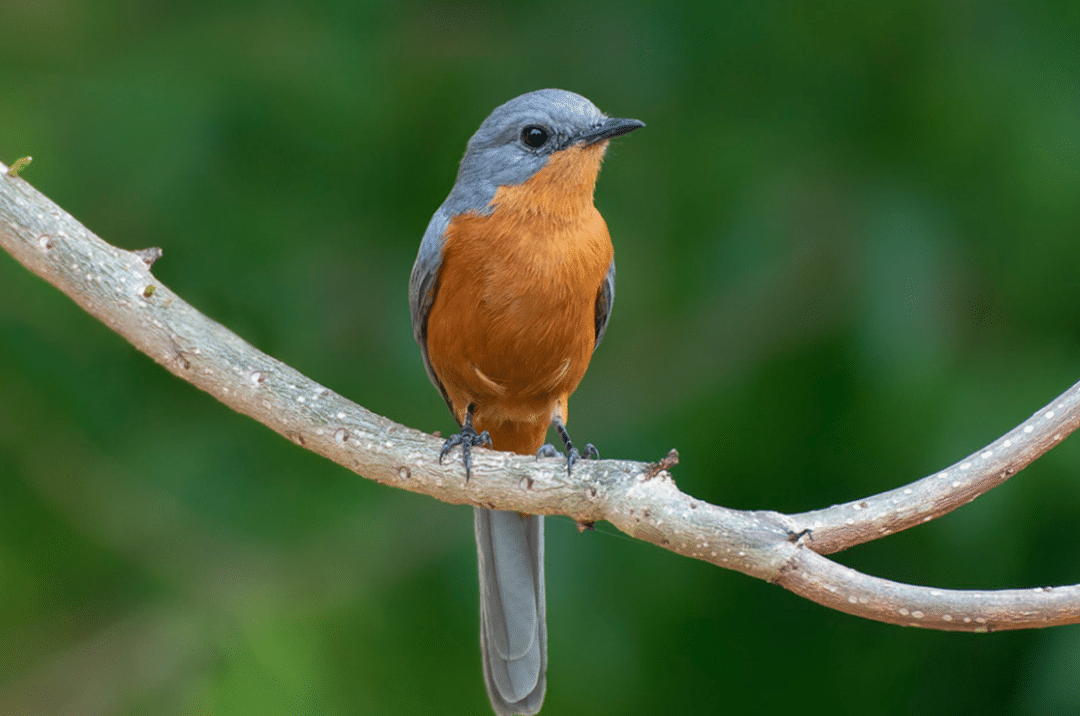
Serengeti National Park: A Birding Paradise
The Serengeti is synonymous with wildlife and stunning savannahs, but it’s also one of the top birding destinations in Tanzania. This iconic park is home to more than 500 bird species, making it one of the best places to see birds in Tanzania.
Birdwatchers can expect to see a variety of species including vultures, and the world-renowned Secretary Bird. The Serengeti’s vast plains also offer the chance to spot the colorful Lilac-breasted Roller, Kori Bustard, and the Southern Ground Hornbill.
Ngorongoro Conservation Area: A Haven for Birding
Ngorongoro Crater, a UNESCO World Heritage site, is not only famous for its geological wonders and the Big Five but also as another premier place for birding in Tanzania. With over 500 bird species recorded, the area is a haven for birdwatchers.
The Ngorongoro Crater, a large volcanic caldera, provides a natural sanctuary for flamingos by the lake, majestic eagles soaring above, and the rare Rosy-breasted Longclaw. Its diverse habitats make it a perfect spot for birding in Tanzania, appealing to both novice and experienced birdwatchers.
Lake Manyara: A Bird Watcher’s Dream
Lake Manyara National Park, though smaller compared to other birding destinations in Tanzania, packs a punch when it comes to bird diversity. Lake Manyara attracts thousands of pink-hued flamingos.
Birding enthusiasts can also spot many herons, ducks, shorebirds amongst the elephants and other wildlife you will probably see. It’s a fantastic location for bird watching, offering sightings of over 400 bird species in a lush, forested setting.
Selous Game Reserve: Birding in Tanzania’s Southern Wilderness
In the southern part of Tanzania lies the Selous Game Reserve, a vast wilderness area that’s a must-visit for birdwatchers looking for a more off-the-beaten-path experience. As one of the top birding destinations in Tanzania, Selous boasts a rich birdlife with over 440 bird species. The reserve’s rivers and lakes are perfect spots to find kingfishers, bee eaters and many others.
I ventured to this area on the hunt to see African Wild Dogs, which was a success, and the rest of my time was spent finding birds. This remote location adds to the allure, offering a bird watching experience away from the crowds.
The tour company I work with now, is fantastic for birding safaris in this area, and I can assist with planning a trip to the Selous Game Reserve.
Tips for Birdwatching in Tanzania
- Regardless of your skill level, having the right equipment is essential for birding in Tanzania.
- A good pair of binoculars is a must and would be useful not only for birdwatching but also for searching for wildlife.
- In order to capture the beautiful birds, you need to have a good camera for birding, with a zoom lens. It helps for when you are not sure what you are looking at, and want to refer to it later.
- Using an app like ebird is a great way to keep track of the birds you see. I have seen over 1000 birds in my life so far, and I don’t remember them all!
- Having a good bird book makes it much easier to identify birds when you are exploring on a safari. I recommend Birds of East Africa as it’s a compact size and will include the birds you may see.
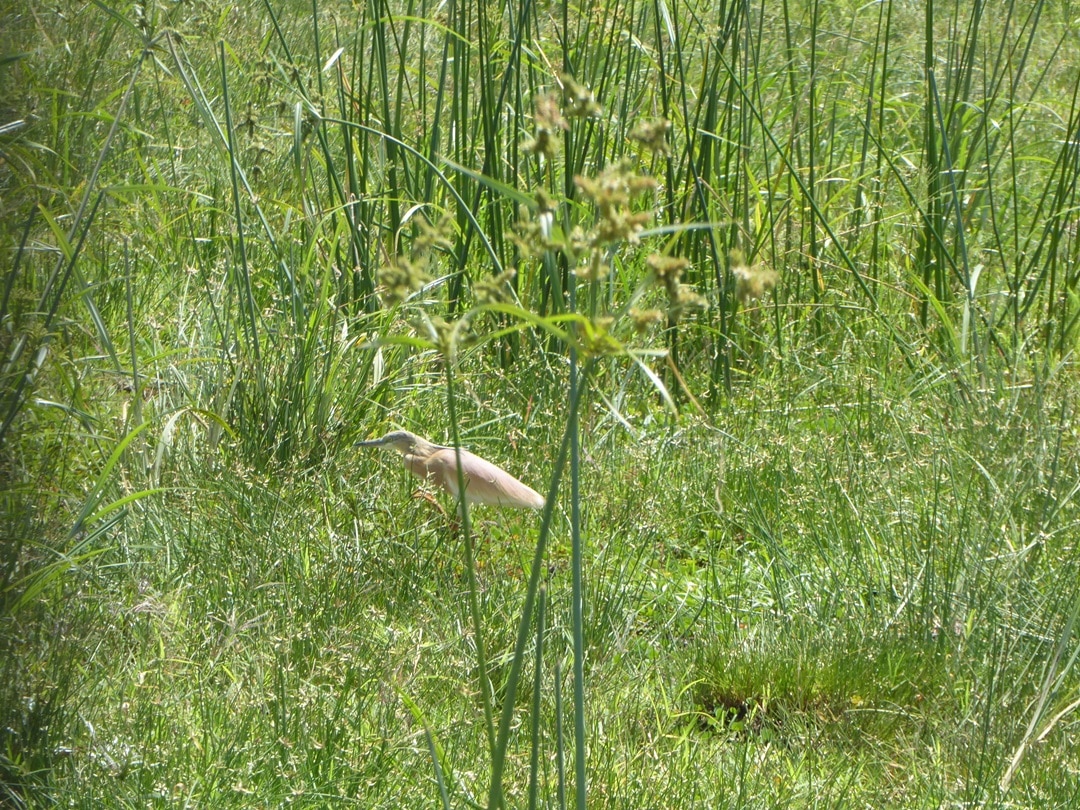
Consider visiting these birding destinations with a knowledgeable guide who can help you identify species and share insights about their habitats. I have a fantastic company that I work with, that is on the ground and I highly recommend. Please contact me so I can assist with your safari & birdwatching tour booking.
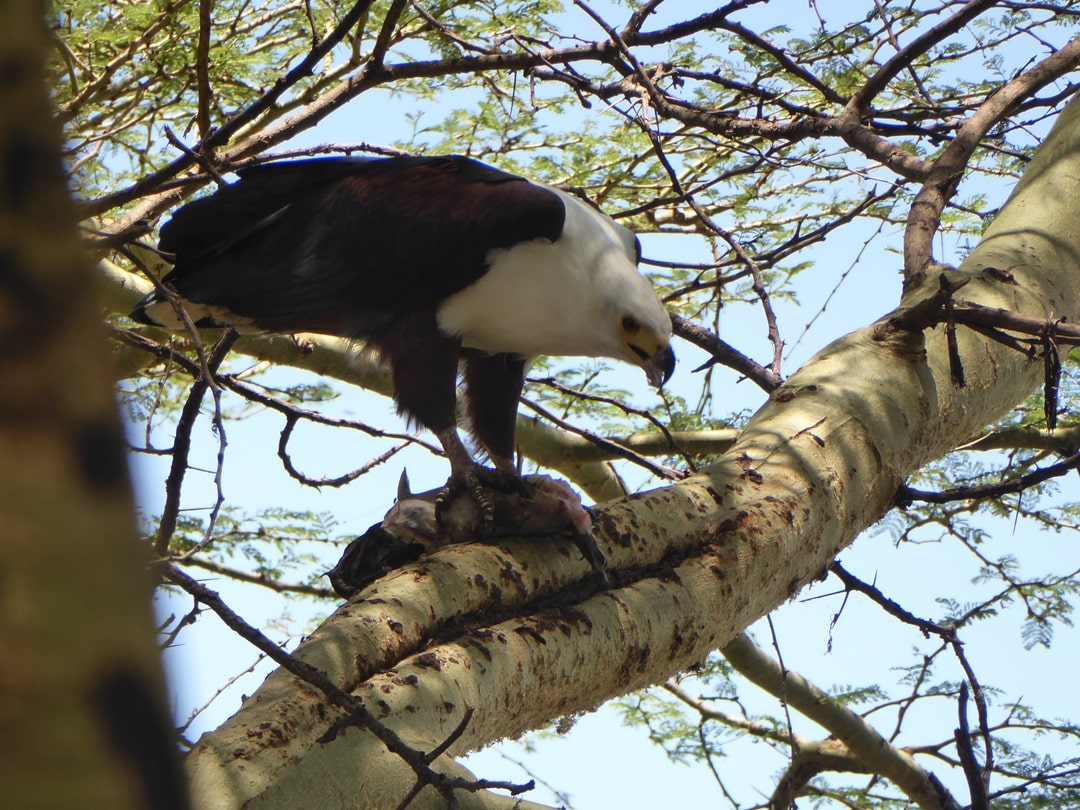
Tanzania’s birding destinations are not just about the birds; they offer a holistic safari experience with the chance to see Africa’s Big Five and other wildlife, as well as to enjoy some of the world’s most spectacular landscapes. From the Serengeti to Selous, each destination offers a unique bird watching adventure, making Tanzania one of the best places to see birds in Tanzania.
Whether you’re marveling at the flamingos of Lake Manyara, exploring the diversity of the Ngorongoro Crater, or venturing into the wilds of Selous, birding in Tanzania promises an unforgettable experience for every birdwatcher.
If you enjoyed my post, follow me on social media or subscribe to my newsletter below, so you can stay connected on future posts, trips, tips and more.



